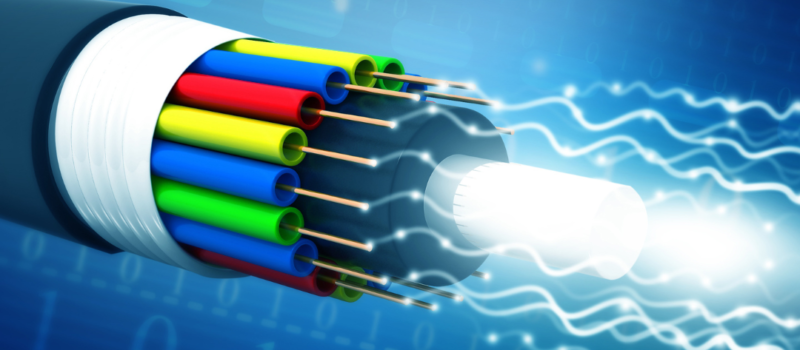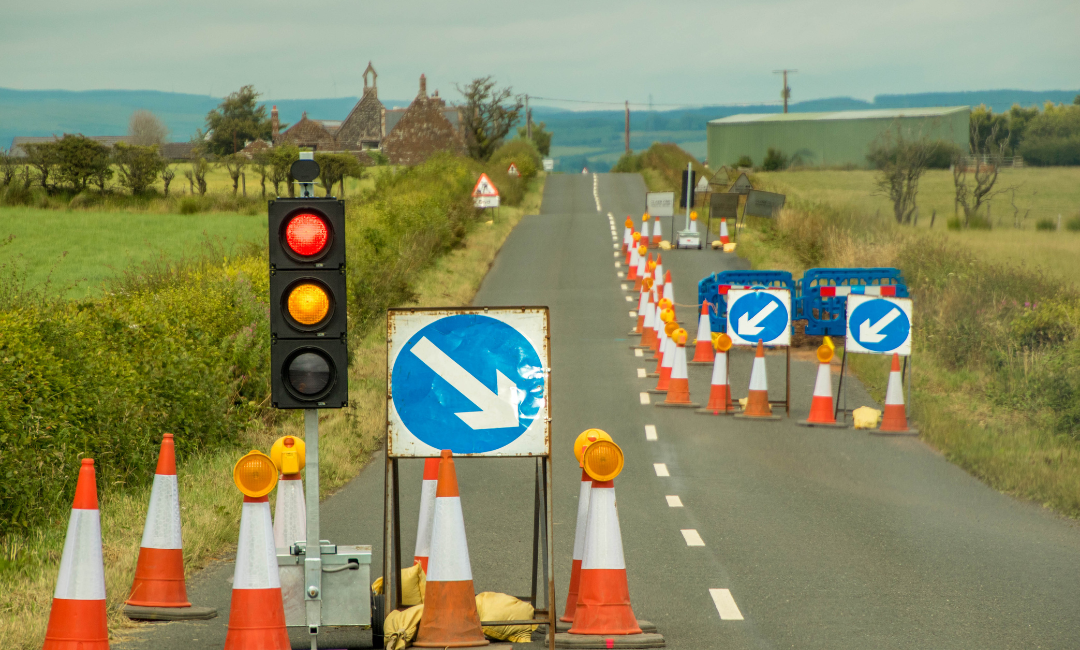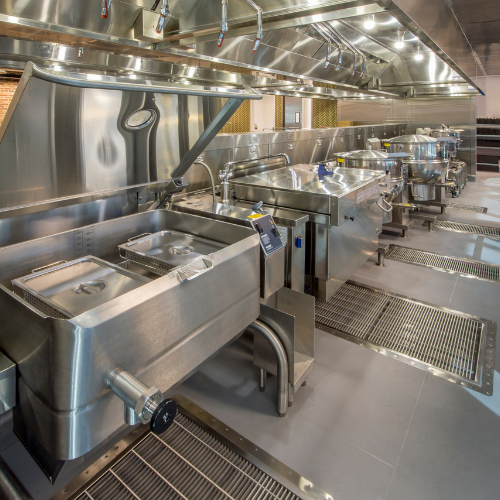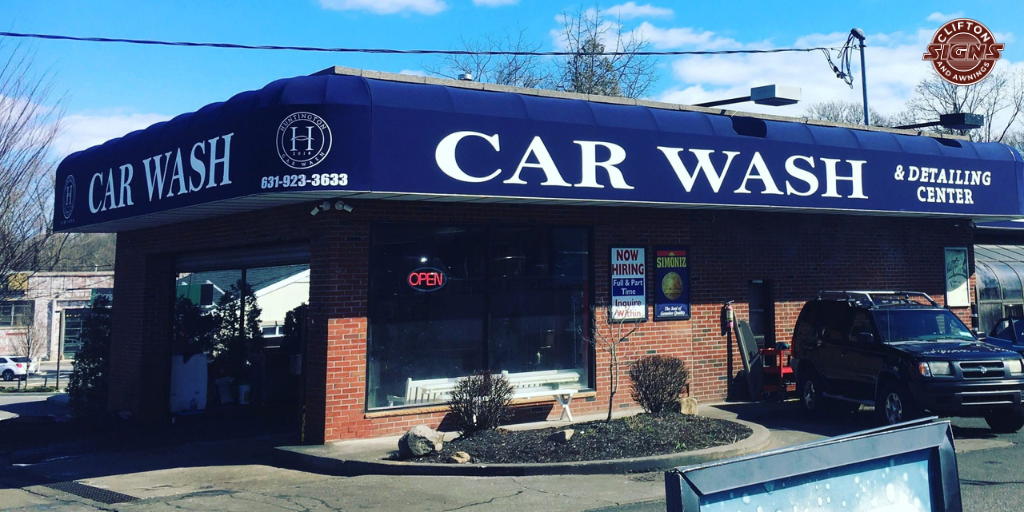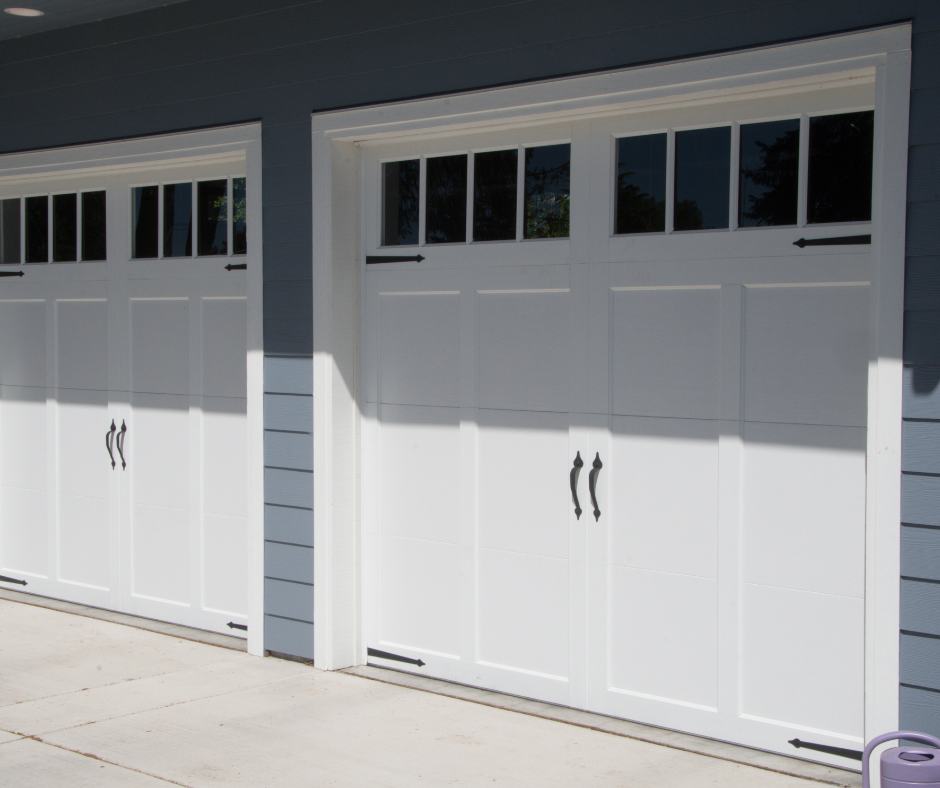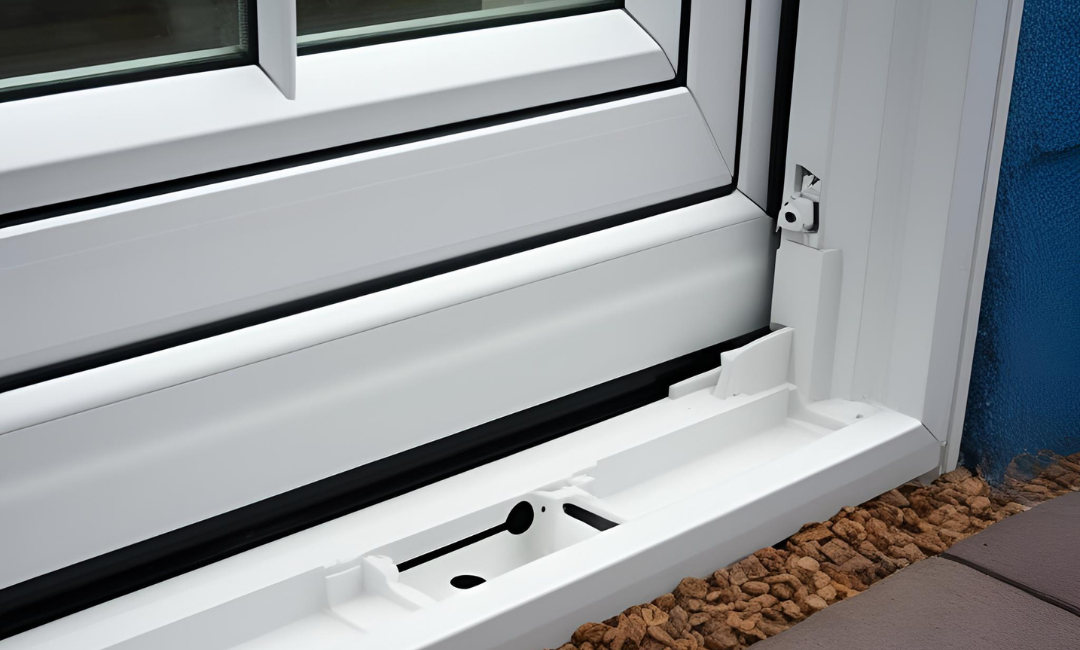Most of us have heard that fibre optic internet speeds are “superior,” but exactly does that mean? Is it actually more reliable and faster? What are the other connection options? What is the difference in internet speed between fibre optic cabling and regular cable?
Data Cable Installation is here to help answer all questions around fibre optic services in London, with the top 10 advantages of fibre optic cabling.
First, what is fibre optic internet?
Fibre optic internet is a data link delivered by a cable packed with tiny glass or plastic. Data transmits through them in the form of pulsed light beams. At 1 Gbps, fibre optic internet rates are around 20 times quicker than ordinary cable.
10 advantages of fibre optic internet speed
Is it true that fibre optic internet service is superior? Yes. Compared to cable internet or DSL, it is quicker and more dependable. However, it offers several other significant advantages, including no throttling and higher TV image quality. Let’s now take a look at 10 ways fibre optic cable internet outperforms traditional cable.
1) Fibre optic cabling is quicker
The internet speed through fibre optics is 1 Gbps. That’s ten to twenty times faster than the 50 to 100 Mbps cable that most of us are familiar with.
2) Fibre optic cabling is more dependable
It’s happened to all of us. When you’re watching a movie and the characters’ faces become blocky. They start and stop, and it’s very frustrating. This is due to your lagging cable internet connection.
The fact is that your cable connection should be fast enough to stream video without pausing, but peak traffic might cause the lines to become overloaded. That’s when the differences between fibre optic and cable internet speeds become clear. Fibre optics can handle more users and traffic at faster rates over time.
3) No throttling with fibre optic cabling
Have you ever noticed that the electricity goes out when you most need it? For example, you need your air conditioner to work on a hot summer Sunday in London, and it cuts out. This is because those hot days put a strain on our electrical lines.
Cable internet networks work the same way. To prevent these interruptions, Internet providers use a technique known as “throttling.” To ration their service, your internet service provider can reduce your cable speed from 100 Mbps to 20 Mbps or lower at peak hours. Fibre optic cable installation is less sensitive to overload and does not throttle.
4) Same speed for download and upload
Thanks to fibre optic internet speeds, slow upload periods are no longer an issue. Fibre optic internet providers can treat uploads and downloads equally since they don’t have to worry about overburdening the infrastructure. It’s easy to share files and work from home with fibre optic cable internet.
5) Higher-quality video
Cable internet (with rates of 100 Mbps or less) may sometimes struggle to offer 4K internet streaming. Fibre optic services in London will not even blink. Even a sub-optimal 500 Mbps fibre optic connection should have no issue streaming high-quality 4K TV and movies.
6) Better gameplay
Not to be dramatic, but a minor hiccup at the wrong time can be the difference between life and death. Cable internet or DSL connection is prone to several problems. Thanks to fibre optic internet providers, the smooth and consistent data flow means the game responds instantly whenever you twitch your mouse hand.
7) Healthier
Due to 5G wireless internet waves being unable to penetrate human skin, the World Health Organization (WHO) believes there’s no need to be concerned. However, hundreds of academics and medical experts have petitioned the World Health Organization, arguing that 5G will increase cancer risk. Fibre optic communications are confined in their cables, so they are exempt from such fears.
8) Connecting with multiple devices
This is where fibre optic services in London come to the rescue. They can connect several tablets, laptops, and phones simultaneously thanks to the stable signal with minimal signal loss and 10 times more bandwidth. Fibre optic cabling can manage the demand even if many people are streaming music and video at the same time.
9) Not attractive to fraud
Some areas experience this regularly. After all, copper, like every other metal, is an asset. So, if there is copper and thieves know about it, you may wake up one morning with a several-kilometre-long stretch of cable severed. Fear not, they aren’t going to make it into that little fibre optical cable.
10) Long transmission distance
If your Ethernet is restricted to 100 metres or less of UTP Cat 5 cable, simply wiring a building is a challenge. As a result, FTTx PON-based systems have mostly supplanted ADSL last-mile access.
To conclude, the speed of fibre optic internet is around 20 times that of conventional cable internet and 80 times that of DSL. It is a no-brainer why people and businesses are contacting a fibre optic installer to switch to fibre optic.

